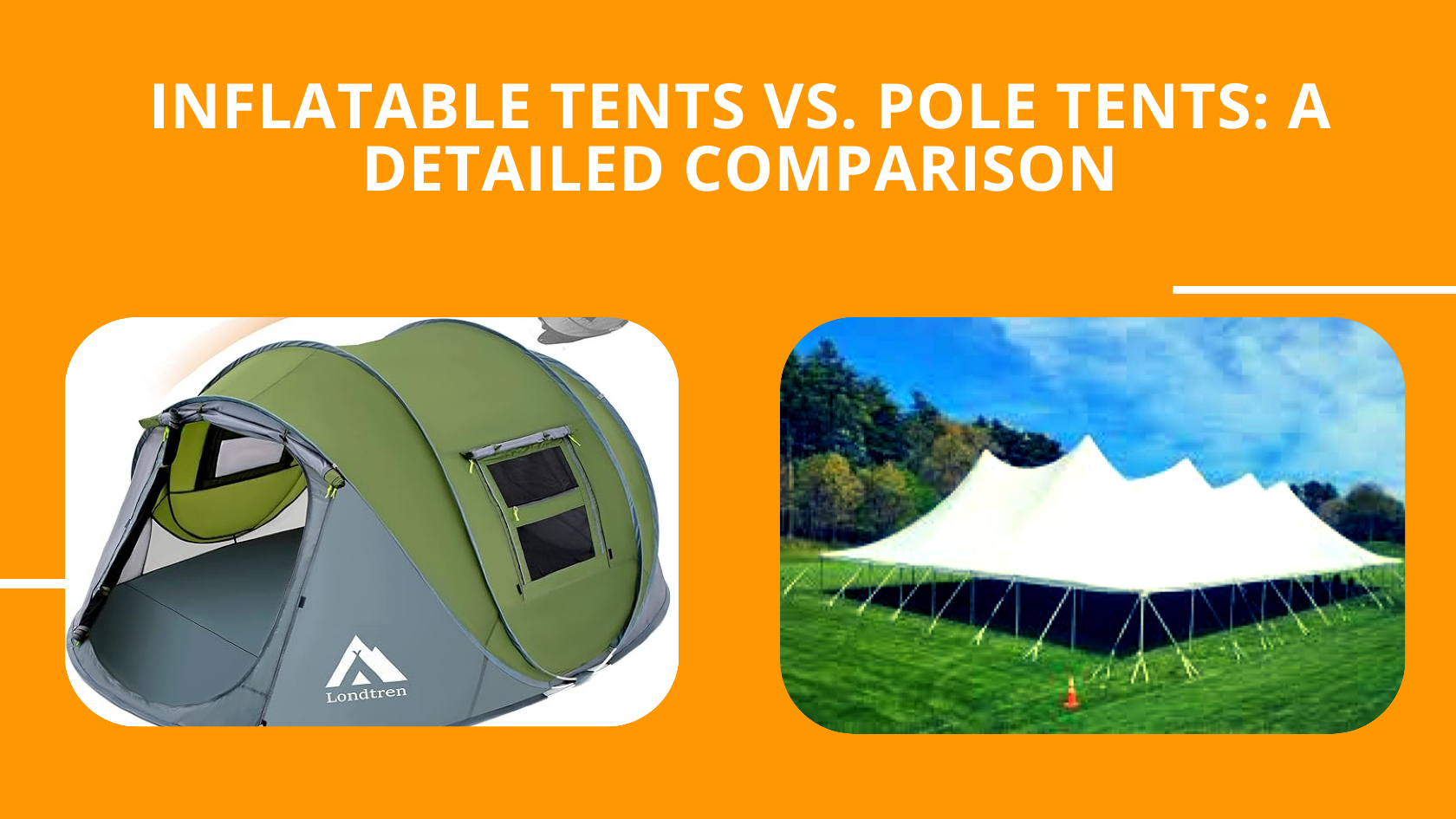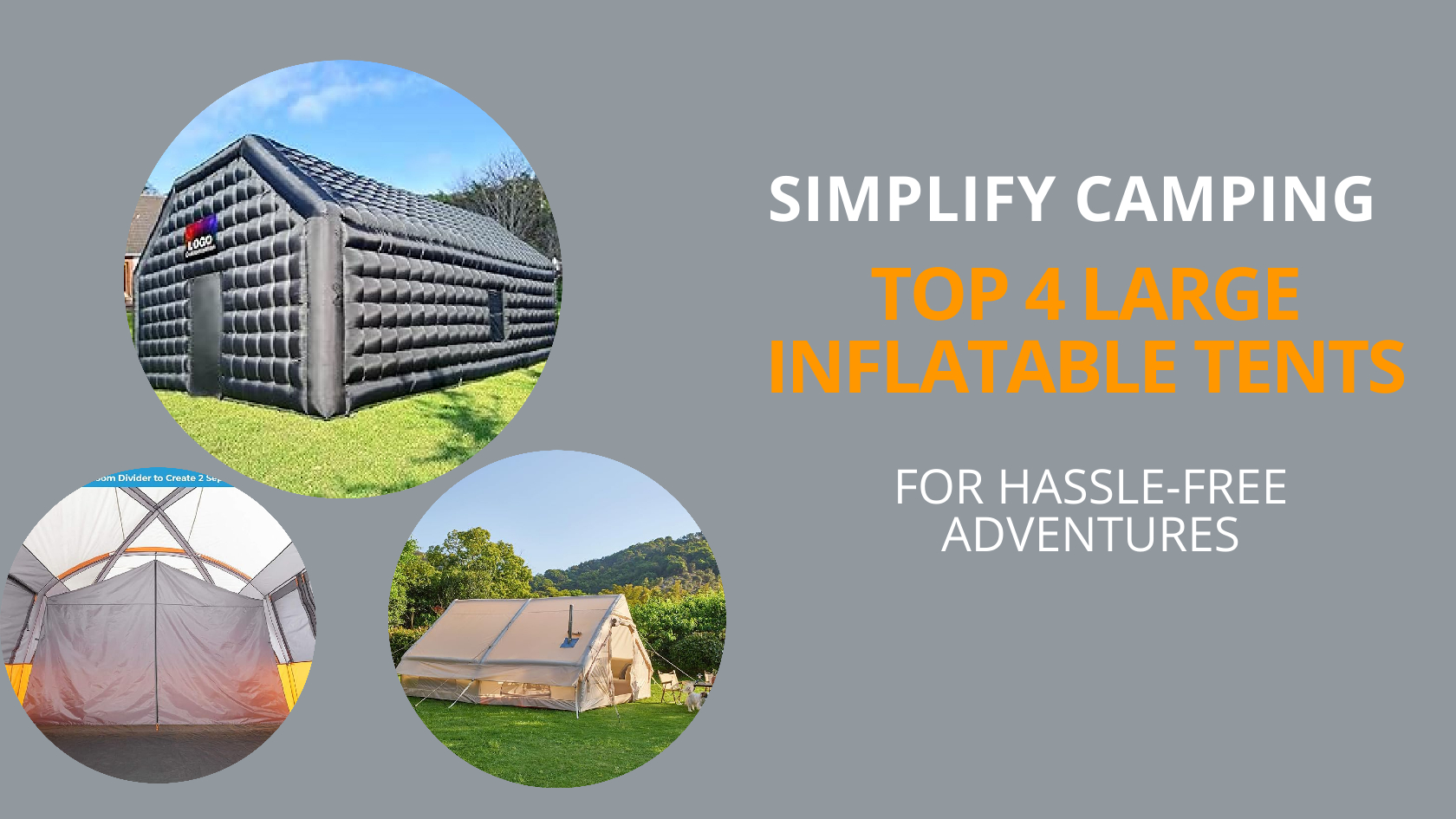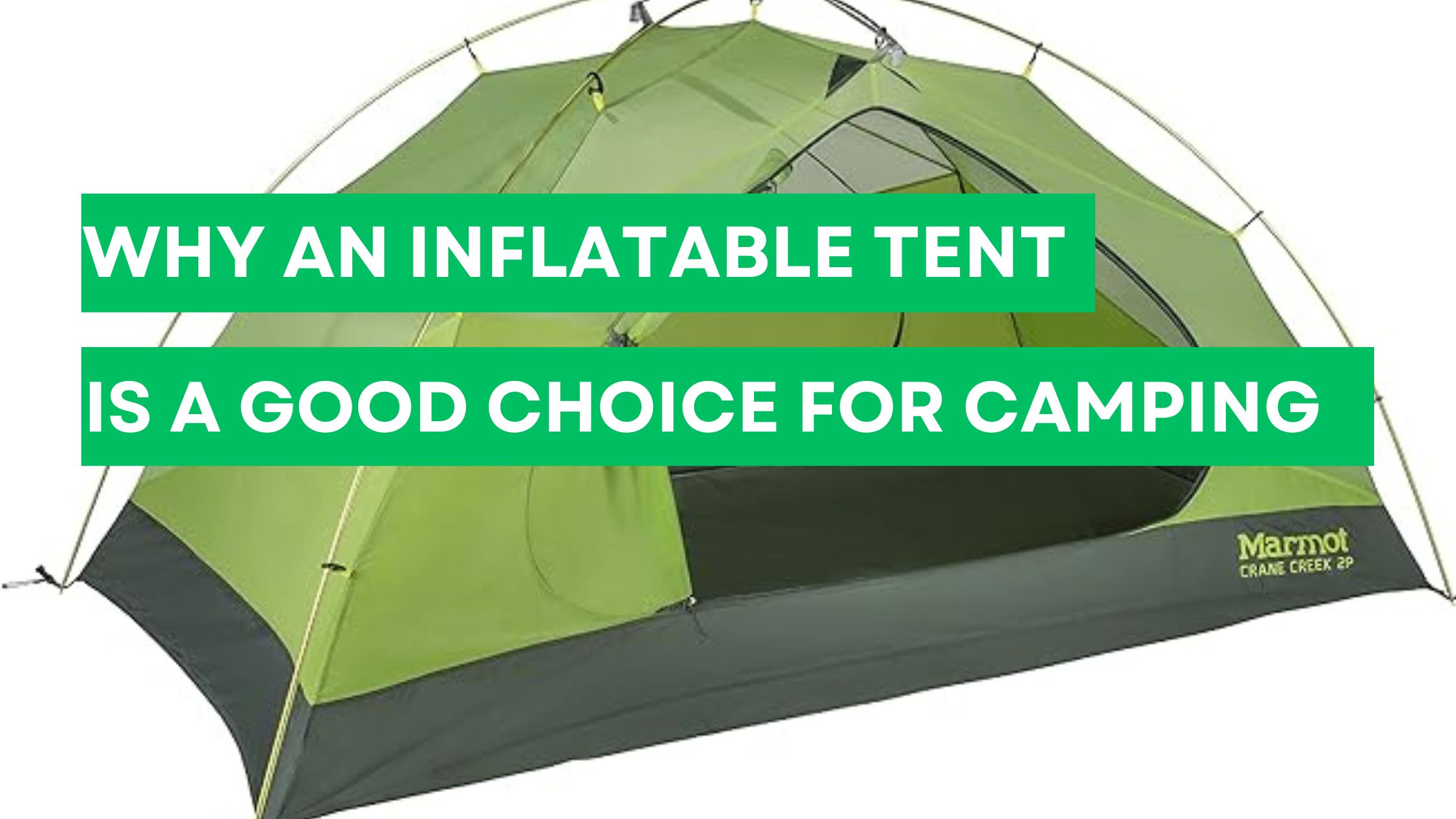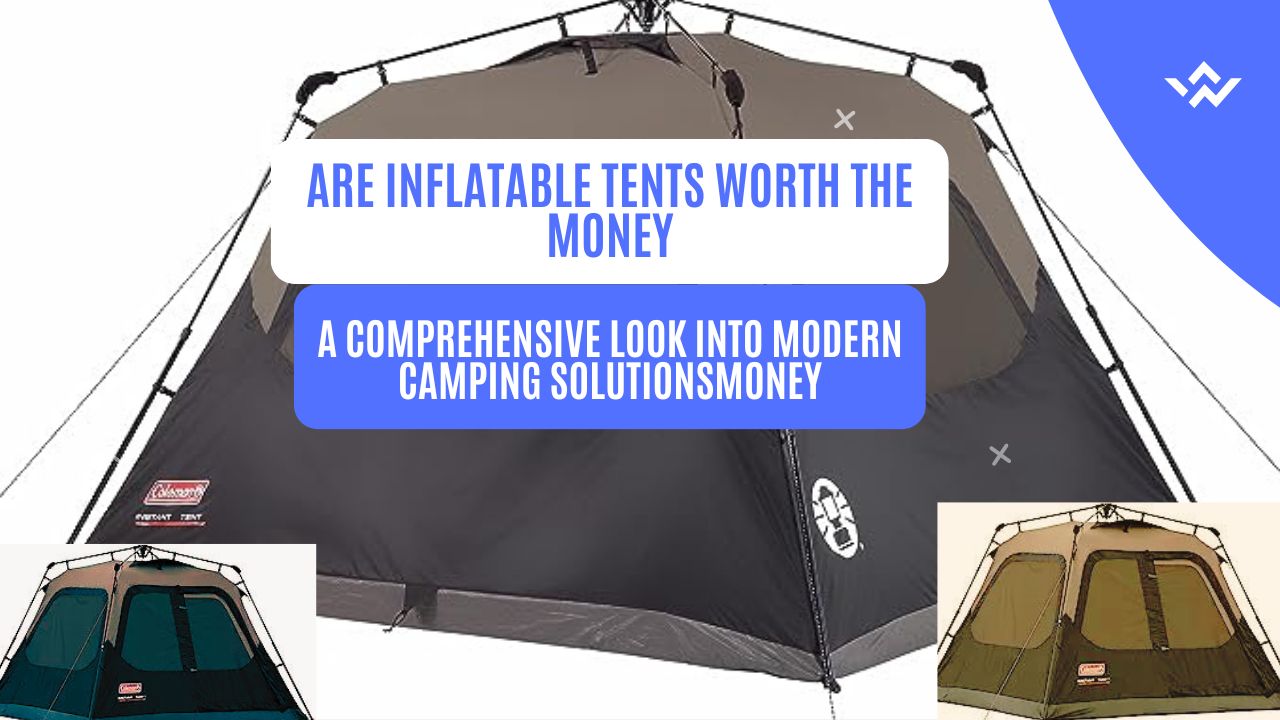Camping has long been a cherished outdoor activity, offering a retreat into nature and a break from the hustle and bustle of everyday life. As the popularity of camping continues to grow, so does the variety of gear available to enthusiasts. Among the essential items, tents stand out as a critical piece of equipment, providing shelter and comfort during outdoor adventures.
With advancements in technology and design, campers now face a diverse array of tent options, the most notable being inflatable tents and traditional pole tents. This evolution in tent technology brings forth a compelling choice for campers, each type with its unique set of attributes and potential drawbacks. Understanding the differences between inflatable tents and pole tents is crucial for making an informed decision that aligns with individual camping needs and preferences.
Known by many as air tents, inflatable tents are a relatively new development in camping equipment. With these tents, setting up is made easier by using air-filled beams to support the structure rather than conventional poles. Both first-time campers and those looking for a hassle-free experience will find this new approach to tent design to be a combination of comfort and convenience.
The ease with which inflatable tents set up is usually praised, which can be a big benefit in bad weather or when you get to a campsite after dark. However, because they depend on air beams, maintenance and durability become issues, especially in demanding settings.
But classic pole tents have endured because of their durability and versatility. Particularly in inclement weather, these tents’ sturdy structural integrity is provided by poles fashioned of aluminium, fibreglass, or carbon fibre. Pole tents are available in many sizes and forms to meet the needs of families, professional climbers, and lone travellers. Though maybe more laborious and complicated, the manual setup procedure gives you more freedom and customisation in the tent’s layout and stability. Experienced campers who value resilience and durability in their equipment will therefore choose pole tents.
In this comparative piece, we explore the salient features of pole tents and inflatable tents and go into great depth on each of their benefits and drawbacks. In order to provide you the information you need to select the best tent for your next camping trip, we will examine aspects including setup and convenience, durability and stability, comfort and space, weight and portability, cost, and suitability for various settings.
Whether you’re a weekend camper seeking convenience of use or a serious outdoor enthusiast looking for dependable performance in harsh conditions, knowing the advantages and disadvantages of each kind of tent will help you make an educated choice catered to your particular requirements.
Table of Contents
Toggle1. Setup and Convenience
Inflatable Tents:
Ease of Setup: Inflatable tents are designed for quick and easy setup. Instead of dealing with poles, users simply inflate the tent using a pump. This process can take as little as a few minutes.
Speed: Inflatable tents typically set up faster than pole tents. This can be particularly beneficial in bad weather or when arriving at a campsite late in the day.
User-Friendliness: Inflatable tents are ideal for novice campers or those who prefer not to deal with the complexity of traditional tent poles.
Pole Tents:
Manual Setup: Setting up a pole tent involves assembling and inserting poles into the tent’s fabric. This can be time-consuming and sometimes challenging, especially for larger tents or in adverse weather conditions.
Flexibility: Experienced campers often appreciate the versatility and control pole tents offer, allowing for adjustments in setup to accommodate uneven ground or specific site conditions.
Learning Curve: There is a steeper learning curve with pole tents, which may require practice to achieve a quick and efficient setup.
2. Durability and Stability
Inflatable Tents:
Wind Resistance: Inflatable tents are generally stable in wind, as the air-filled beams can flex without breaking. However, they may not be as stable as high-quality pole tents in extremely strong winds.
Puncture Risks: One potential downside is the risk of punctures. Though most inflatable tents are made from durable materials, a puncture in an air beam can compromise the tent’s structure.
Maintenance: Repair kits are usually included for punctures, and repairs can be straightforward but must be done promptly.
Pole Tents:
Structural Integrity: Pole tents often offer superior structural integrity, particularly in harsh weather conditions. High-quality poles can withstand strong winds and heavy snowfall.
Material Robustness: Poles, typically made from aluminum, fiberglass, or carbon fiber, are designed to be robust and durable, though they can bend or break under extreme conditions.
Repairability: Broken poles can be replaced or repaired, but the process can be more involved than patching an inflatable beam.
3. Comfort and Space
Inflatable Tents:
Interior Space: Inflatable tents often have more interior space and higher ceilings due to their design. This can provide a more comfortable living area and better headroom.
Shape and Layout: Many inflatable tents offer innovative layouts with separate rooms or large communal areas, enhancing comfort for family or group camping.
Pole Tents:
Variety: Pole tents come in a wide range of shapes and sizes, from compact two-person tents to large family models. This variety allows for more precise selection based on specific needs.
Weight Distribution: Pole tents can be designed to distribute weight evenly, making them more stable in certain configurations and potentially more comfortable during high winds.
4. Weight and Portability
Inflatable Tents:
Weight: Inflatable tents tend to be heavier than pole tents due to the thicker materials and air beams. This can be a disadvantage for backpackers or those needing to carry their gear over long distances.
Portability: Despite their weight, inflatable tents pack down compactly, making them easier to transport in a vehicle.
Pole Tents:
Lightweight Options: Pole tents are available in ultralight models, which are favored by backpackers and hikers. These tents prioritize minimal weight and compactness.
Bulk: While they can be lightweight, pole tents often do not pack as compactly as inflatable tents, with poles requiring separate storage.
5. Cost
Inflatable Tents:
Price Range: Generally, inflatable tents are more expensive than pole tents due to the technology and materials used. Prices can range from moderate to high.
Value for Money: The higher initial cost can be justified by the ease of setup and additional comfort features.
Pole Tents:
Affordability: Pole tents offer a broad range of prices, from budget-friendly options to high-end models. This makes them accessible to a wide audience.
Cost Efficiency: For those who camp infrequently or are new to camping, a pole tent can be a more economical choice.
6. Suitability for Different Environments
Inflatable Tents:
Family Camping: Inflatable tents are excellent for family camping or group trips where ease of setup and comfort are paramount.
Festivals: These tents are also popular at festivals due to their quick setup and spacious interiors.
Pole Tents:
Backpacking and Hiking: Pole tents, particularly ultralight models, are ideal for backpacking and hiking due to their portability and weight.
Extreme Conditions: High-quality pole tents are better suited for extreme conditions, such as mountaineering or winter camping, where stability and durability are crucial.
Final Words:
Choosing between an inflatable tent and a pole tent depends on various factors including ease of setup, durability, comfort, weight, cost, and the intended camping environment. Inflatable tents offer the advantage of quick setup and enhanced comfort, making them ideal for family camping and festivals. As of the current time, inflatable tents are increasingly seen as the best and most convenient choice for many campers due to their innovative design and user-friendly features. Pole tents, on the other hand, provide greater versatility, stability, and a broader price range, which can be more suitable for backpacking and extreme weather conditions. By considering these factors, campers can select the tent type that best meets their specific needs and preferences.







